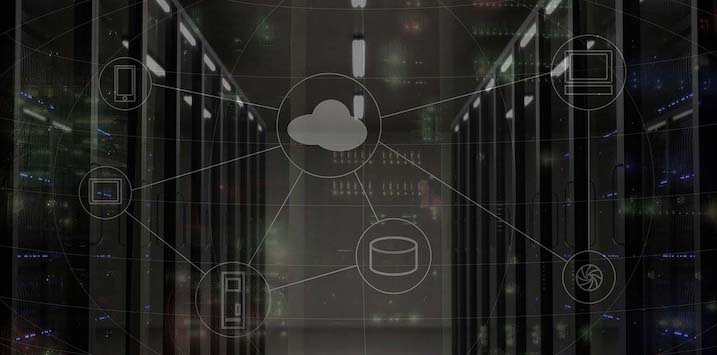
Are SaaS businesses the new safeties? Why Polen think they could be recession-resistant investments
In a challenging COVID-19 environment, the performance of Polen’s Software-as-a-Service (SaaS) holdings has led the firm to question whether these companies may offer the benefits of typical recession-resistant businesses but with potentially more sustainable growth.
Here’s why:
- The traditional software business model has significantly evolved toward a SaaS model, which, for some companies, has resulted in stronger business economics and resiliency.
- A transition to the SaaS model can potentially unlock significant value for a business by addressing the shortcomings of the traditional software model, reducing costs, establishing a recurring revenue stream, and providing more pricing power.
- Pursuing a SaaS model is a complex process and demands significant upfront investment, but if successful, can result in higher margins and more consistent revenues.
- In an accelerated digital-first environment, we believe software companies have become even more mission critical to their customers both professionally and personally.

Download the whitepaper here.
In coming weeks, Montgomery will be offering investors access to a concentrated portfolio of outstanding global businesses through the Polen Capital Global Growth Fund. You can read more about the fund here: Polen Global Growth
In general SAAS is a far better business model than the traditional model of selling perpetual software licences.
However, my experience is that companies can (and do) turn off SAAS products. I like to ask the following questions when deciding what to do when renewing SAAS licences:
1) is the software business critical? Nobody likes touching anything truly business critical if they can help it.
2) are there legal/regulatory risks if I turn off this software?
3) how many end users are there? If there’s a lot of end users and the system works well nobody really wants to spend the money retraining people and deal with the noise of change.
4) how many integrations are there? It’s exponentially harder changing software where more things are required to integrate.
5) How expensive is this software? More money = more effort to get approvals with a few exceptions (e.g. microsoft, salesforce).
6) how much data/history would you need to import if you change systems. This can be a huge pain.
And every 5 years orwithout having to suffer the pain of change.
7) how much effort does IT need to spend to implement the change.
8) Are there realistic competitors? If so, you can play these companies off against each other to keep them honest. And run tenders every 5 years or so to drive down prices.
9) Does the software provider add value to customers, or are they determined to extract as much money as possible.
10) is our current software the “standard”. Companies will often move to the standard but will rarely leave
Really Helpful Ricky. Thanks for the insights from the coalface.